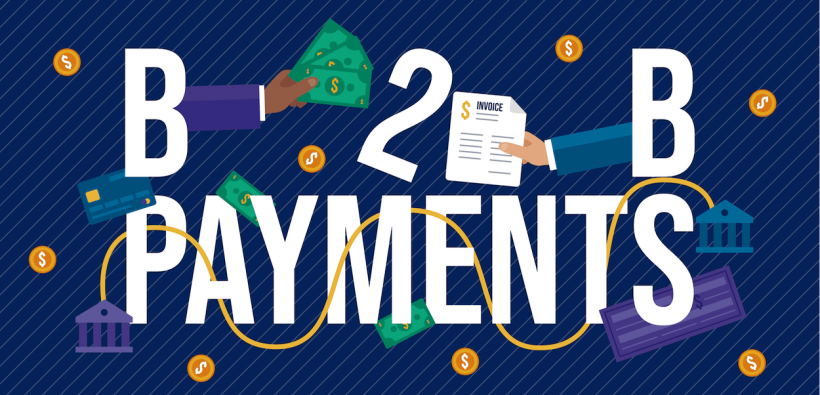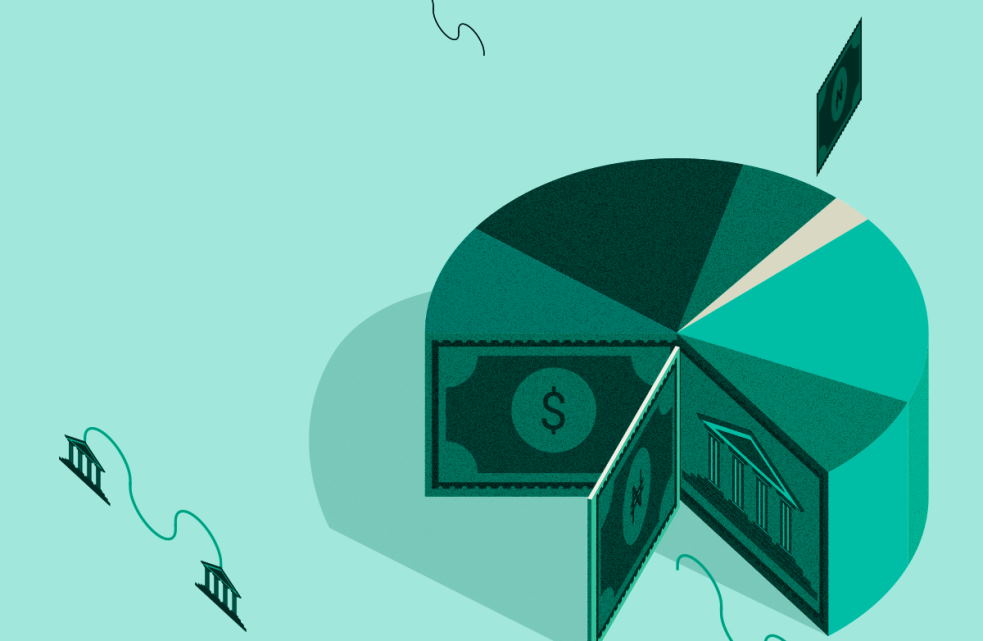- 2022-06-29
- Posted by: Floyd Pineiro
- Category: Banking and Payments


As the B2B payments market continues to grow, businesses are looking for new ways to streamline their payments process. In this blog post, we’ll explore some of the latest trends and opportunities in the B2B payments market. We’ll also discuss some of the challenges that businesses are facing when it comes to making and accepting payments. So, if you’re looking for insights into the latest payment technologies and solutions, then this blog post is for you!
The global B2B payments market is growing
One of the main things that is driving this market is the need for efficient payment solutions. Business-to-business payments are usually large and happen between two organizations regularly. But in most cases, these payments are made through bank transfers or checks. This can take a lot of time and be expensive. So there is a growing demand for efficient and cost-effective payment solutions that can help the flow of payments between two organizations smoothly.


Another factor driving the market is the increasing adoption of cloud-based solutions. Cloud-based B2B payment solutions offer several benefits such as flexibility, scalability, and reduced infrastructure costs. In addition, these solutions are easy to deploy and offer real-time visibility into an organization’s cash position. As a result, they are gaining popularity among small and medium enterprises (SMEs), which form a significant portion of the global B2B payments market.
However, the market faces certain challenges that are restraining its growth. One of the major challenges is the lack of awareness about B2B payments among small businesses. Small businesses are often unaware of the various B2B payment solutions available in the market and their benefits. This limits their adoption of such solutions and hampers the market growth.
The most common payment methods used by B2B
When it comes to B2B payments, buyers usually have three options: credit cards, debit cards, or bank transfer. Out of these, the most popular payment method is credit cards, used by 32% of buyers. Debit cards come in second place at 19%, while bank transfer rounds up the top three at 15%.


These payment methods all have their own advantages and disadvantages that businesses should take into account when making a decision. Credit cards offer flexibility and convenience but can also come with high fees. Debit cards are a good middle ground between credit cards and bank transfers, offering some of the benefits of both options. Bank transfers are the most secure option but can take longer to process.
Ultimately, the best payment method for a business will depend on its individual needs and preferences. But no matter what, it’s important to offer buyers multiple options to ensure that they can make a payment that’s convenient for them.
